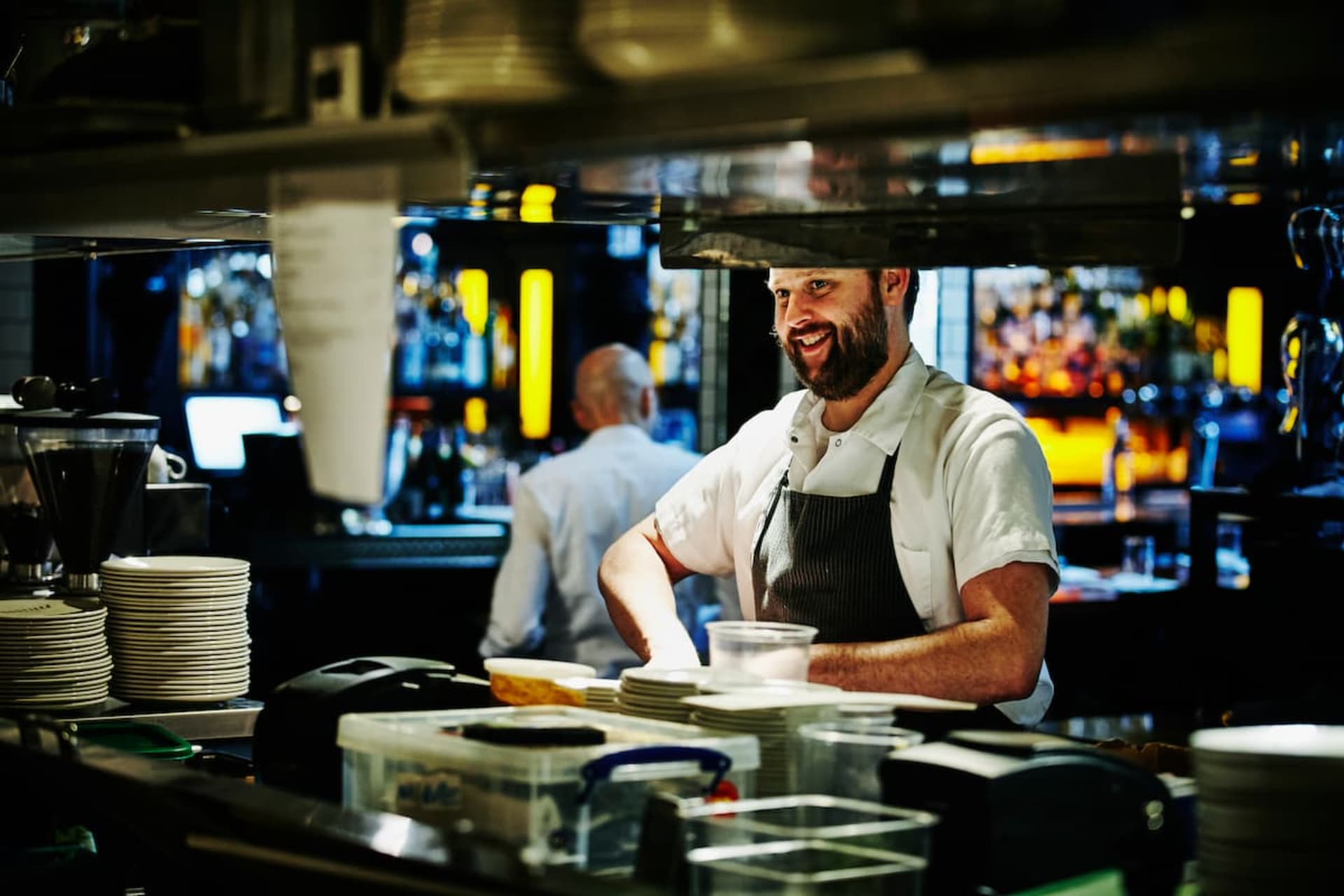The life of a professional chef is a blend of passion, creativity, and hard work. From the early morning hours to late-night service, every day in the kitchen is filled with excitement, challenges, and the satisfaction of creating exquisite dishes. Here’s a glimpse into a typical day in the life of a professional chef.
1. Early Morning Prep
Most professional chefs start their day early, often before the sun rises. The morning hours are dedicated to preparation, where the kitchen is usually quiet, allowing for focus and organization. Chefs begin by reviewing the menu for the day, checking inventory, and making lists of ingredients needed for service. This time is also spent prepping vegetables, marinating proteins, and making stocks or sauces that will be used throughout the day. Attention to detail during this phase is crucial, as it sets the foundation for a successful service.
2. Team Briefing
Once the morning prep is complete, the kitchen team gathers for a briefing. This meeting is an opportunity for the head chef to communicate the day’s specials, any changes to the menu, and important announcements. It’s also a time to discuss reservations and expected guest counts. Effective communication is vital in a busy kitchen, as it helps ensure everyone is on the same page and ready for the rush.
3. Lunch Service
As the clock approaches lunch service, the atmosphere in the kitchen shifts from calm to bustling. Orders start to come in, and the team must work efficiently to prepare dishes. Each chef has specific roles, whether it’s grill, sauté, pastry, or pantry, and collaboration is key. Timing is everything; chefs need to coordinate cooking times so that all components of a dish are ready simultaneously. The thrill of service, combined with the adrenaline rush, makes this a dynamic part of the day.
4. Dealing with Challenges
During service, unexpected challenges often arise, such as a last-minute order change, equipment failure, or a missing ingredient. Chefs must think on their feet, problem-solving quickly to keep the kitchen running smoothly. This ability to adapt and remain composed under pressure is essential for any professional chef. Maintaining a positive attitude and supporting the team through these challenges is crucial for morale.
5. Post-Lunch Clean-Up
After the lunch rush, chefs take a moment to breathe before diving into the clean-up process. This includes washing pots and pans, wiping down surfaces, and organizing the kitchen. It’s also an opportunity to review what went well during service and what can be improved. This reflection helps the team prepare for the dinner service ahead and is essential for continuous growth.
6. Afternoon Prep and Menu Development
With the kitchen quiet once again, chefs focus on prep work for dinner service. This may include preparing new dishes, testing recipes, or refining existing ones. Chefs often spend time experimenting with flavors, textures, and presentation. This creative aspect of the job is fulfilling, allowing chefs to express themselves and bring their culinary visions to life.
7. Dinner Service
As evening approaches, the kitchen buzzes with energy once more. Dinner service is typically busier and more demanding than lunch, with a wider range of dishes and higher guest expectations. Chefs must work seamlessly as a team, communicating effectively to ensure all orders are completed on time. The pressure intensifies, but the camaraderie among the team makes it enjoyable. The satisfaction of sending out beautifully plated dishes is a rewarding aspect of the job.
8. Late-Night Clean-Up
Once the last order is served and the guests have left, the real work isn’t over. The team engages in a thorough clean-up, which includes washing all kitchen equipment, cleaning the floors, and organizing the storage areas. This is essential for maintaining a sanitary and efficient work environment for the next day.
9. Menu Planning and Inventory Checks
After the kitchen is clean, chefs often spend time planning menus for the upcoming days or weeks. This involves researching seasonal ingredients, considering customer feedback, and collaborating with suppliers. Chefs also check inventory to ensure that all necessary ingredients are in stock for future services. This behind-the-scenes work is crucial for maintaining a well-run kitchen.
10. Winding Down
Finally, as the day comes to a close, chefs have a moment to unwind. They may share a meal with their team, discussing the highs and lows of the day and bonding over their shared experiences. This camaraderie fosters a supportive kitchen culture and strengthens teamwork.
Conclusion
The life of a professional chef is a demanding yet rewarding journey filled with passion, creativity, and dedication. From early morning preparations to late-night clean-up, every moment in the kitchen is an opportunity to craft memorable dining experiences. While the hours are long and the work can be stressful, the joy of creating exceptional food and the bonds formed within the kitchen make it all worthwhile. For those who thrive in a fast-paced environment and love the culinary arts, a career as a chef can be incredibly fulfilling.



